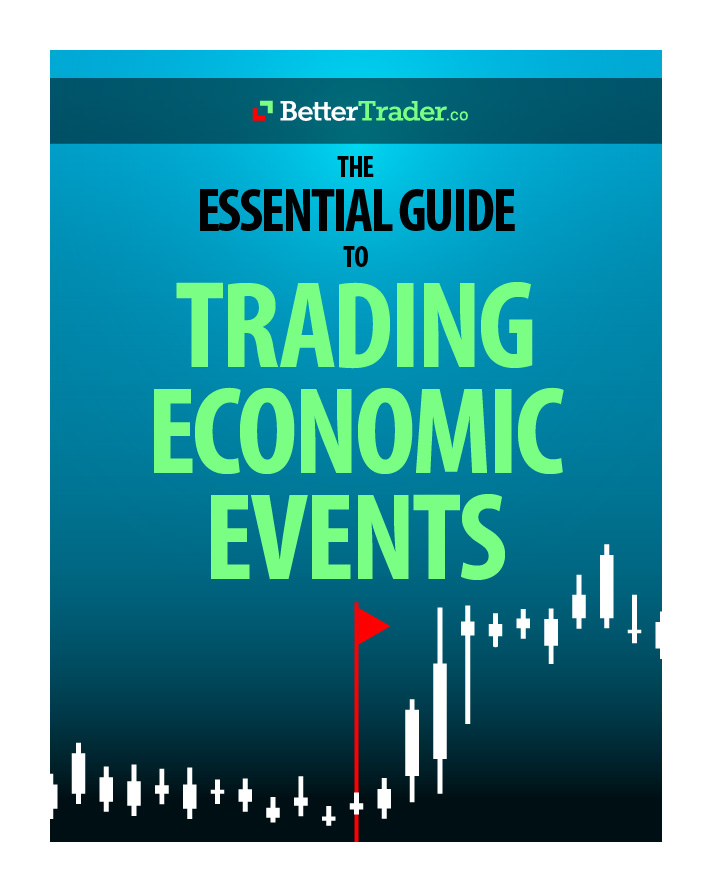Artificial Intelligence, commonly known as AI, is more efficient and reliable at analyzing and projecting data than humans are, and therefore should be implemented in testing a trading strategy. The AI algorithm uses tools such as a backtester, an economic calendar, and technical analysis to present this information instantaneously to the market trader.
The first method consists of analyzing how the trading strategy will play out in the present based on trends and data collected in the past. An economic calendar is also an adequate tool to employ as it lists all the upcoming events that can affect an individual’s marketable securities, such as Federal Reserve reports or interest rate changes. Lastly, technical analysis allows analysts to look at patterns and signals to determine the strengths and weaknesses of the current market.
Backtesting is one of the many methods that assess the viability of a trading strategy or a pricing model using historical data. For a testing strategy to be quantified, a programmer needs to code a unique programming language that allows a trader to run a test with the data. Ideally, the data would be from a time in the trading market that experienced a variety of market conditions. Also, to increase the validity of the test, the program should account for all trading costs. As a result of the variability, the program will test the strategy’s strength and the strategy’s ability to overcome multiple market conditions. Furthermore, the ability to backtest a trading strategy and compute the likelihood of the success of a strategy will save firms and traders from lost capital. Also, it will allow the trader to become more strategic and confident to trade. In all, the trading strategy of backtesting is revolutionary, and can significantly change the strategic approach of trading.
Technical analysis is a form of market analysis where the trader focuses on price and volume changes to find good trading opportunities. As opposed to traditional investing philosophies that focus on finding companies in strong financial standing or that are undervalued compared to their potential, technical analysis solely focuses on price movements. The theory is that historical data has trends that can be used to anticipate future price movements. Some patterns can be specific and difficult to detect while others can be seasonal and easily spotted. Different patterns can hold in different situations and it is the job of someone applying technical analysis to find what trends the specific equity is following. It is far easier to automate a strategy based on technical analysis and to backtest its accuracy because this form of trading is based on strict data analysis.
The economic calendar is also an important measuring tool to test a trading strategy. The economic calendar refers to the scheduled dates of significant releases or events that may affect movement of markets as a whole. In terms of trading strategy, many traders use economic calendars to plan their trades as well as planning portfolio reallocations. A business cycle typically lasts for around 8 years, meaning the economy expects a recession every 8-10 years. It has been over 10 years since the 2008 recession, so many traders are monitoring the economic calendar with a possible recession in sight. The two main things economic calendars focus on are future financial or economic events, or reports on recent financial or economic events. This vital information one gets from the economic calendar greatly affects a trading strategy. Following the economic calendar is also super beneficial for a trader who wants to take a short position because if the trader guesses correctly about an announcement, they can open the position immediately before the scheduled announcement and then close it within hours of the announcement.
Backtesting, use of the economic calendar, and technical analysis are some of the most important tools a trader has in his arsenal. Analysis and computation through these methods can be tedious and time-consuming, which brings us to AI. AI can be trained to look for these patterns once given the proper parameters. This allows traders can gain an edge on the market to elaborate more sophisticated trading strategies and faster reaction times to market movements.

















